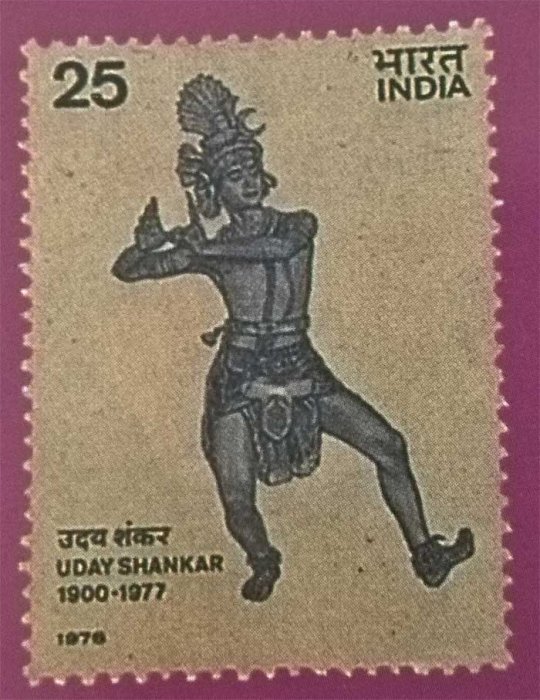 |
Ankia Bhaona is the dramatic form developed by the
Vaishnavite reformer Srimanta Sankaradeva (1449-1568) to awaken devotion
in the people while imparting scriptural knowledge. The plays are known
as Ankia Naat, while the performance is termed Bhaona. In Bhaona
(practised in the sattras of Assam), although there is speech, the
actors enter and exit using dance steps. The language is Brajabali,
which includes Hindi, Maithili, Bhojpuri, Assamese and Sanskrit. Bhaona
includes all the nine rasas. The tenth rasa is bhakti. In the
middle, all the different rasas will come, but it will always end with
bhakti. There is something for everyone -Sanskrit for the learned,
Brajabali for the pandits, masks and humour for the ordinary folks. The
sutradhar links the scenes, using dance, song, verses and prose.
(Haricharan Bhuyan Borbayan in 'Beyond the nine rasas' by Anjana Rajan, The Hindu Friday Review, Nov 10, 2017)
|


